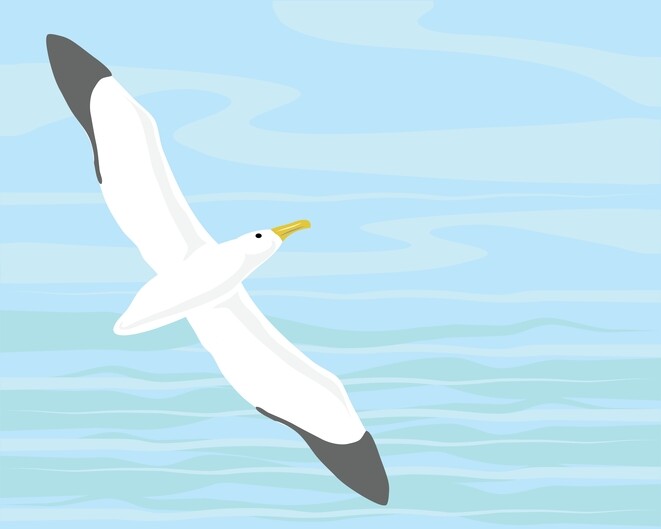A couple of days of hiking – the sun is still shining!
Our hike in the Pumalin Douglas Tompkins National Park was described as “The hike from hell” by one passenger. The on-board doctor said it was a very dangerous hike. I was behind him and his wife for part of it. Another passenger commented that it was a very dangerous hike to be the first activity on a multi day trip. I sank up to my ankle in mud within the first 15 minutes – erroneously thinking that the edge of the trail would be drier and therefore safer, since the middle of the trail had a pool of water. Glad I was wearing waterproof pants but not so glad I was wearing hiking shoes vs. Wellies. Almost lost my shoe but managed to extract it with my foot still in it. About 15 minutes later, one of the guides tried to assist me over a tough stretch but we weren’t as coordinated as we should have been so I slid a bit before crashing down on my butt. The mud was soft – no injuries. I wasn’t the only one slipping and sliding – but no one was hurt.
I’d signed up for the more difficult of the two hikes – Ron knew he wouldn’t like it so he took the easier one. I’d done so to calibrate the difficulty descriptions of future hikes – and now I know! I haven’t been climbing hills recently so although my lungs were fine, my legs were a bit wobbly.

Started with a suspension bridge – only 2 people were allowed on it at a time.

This is an example of the hiking conditions – sometimes there were handrails, sometimes not. Sometimes the rails on the “ladders” were spaced for a normal stride, sometimes not.


I don’t remember this level of forest density – almost impenetrable.

Southern South America has their own version of redwoods, called Alerce.


But, with desserts and views like this, I was ready for the second day of hiking.


On Tuesday, Ron and I went on a much milder hike, mostly on boardwalks, on Chiloe Island, followed by lunch in the town of Castro.

This large leafed plant is Gunnera – and is used like grape leaves, as a wrap for food.

Crews were actively replacing old boardwalk while we were there. Notice the mud in the lower right corner of the picture.

Notice how I cleverly incorporated a branch across Ron’s face, to give him space age glasses:

South America has their own version of madrone trees.

Madrone flowers

Flame tree

Gorse, a non-native brought to South America to serve as a natural fence – it has thorns. Now it’s everywhere.

Lunch for the omnivores:

Stilt houses – our lunch restaurant, in the town of Castro, is at the far left end.


The view from inside the restaurant:

Patient dog waiting outside the restaurant for food




Street dogs were friendly – this one had just greeted the sidewalk vendors before finding a bit of shade.

Backstory: We were unfamiliar with Doug Tompkins (for whom the national park was named), who started Northface, and, with his first wife, Espirit. He also created today’s tent design, with the bendable poles which allowed the elimination of center poles. With his second wife, Kristy, they contributed enormously, both in land donations and general conservation efforts, but sadly, he died in a kayaking accident in 2015. She has continued in his footsteps. One of the guides traveling with us knew him personally and told some of his story. Here’s a link to the Wikipedia article:

